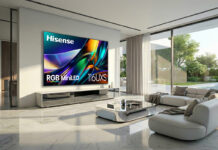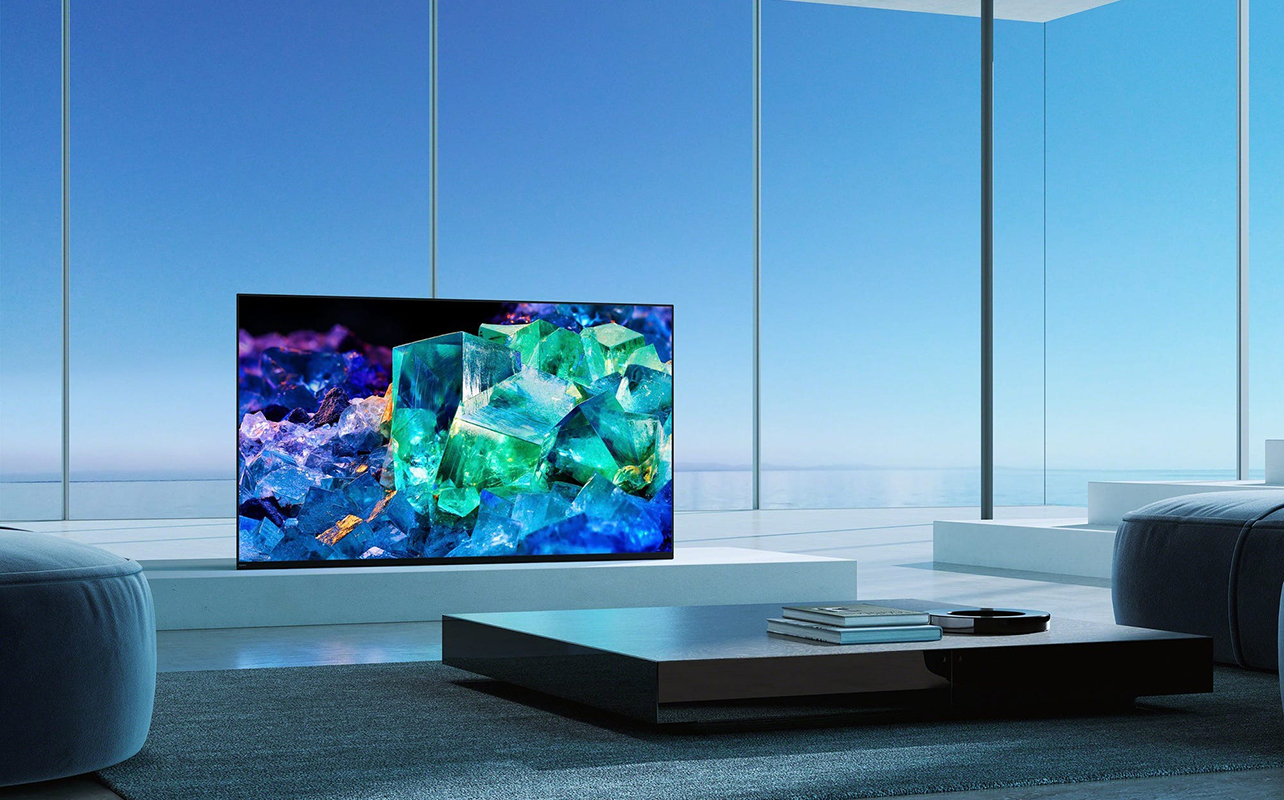
QD-OLED, like the Samsung QD-OLED TV, is one of the newest players in the high-end display game. Think of it as a hybrid display technology that combines the best features of OLED and Quantum Dot (QLED) displays. It’s been quietly making waves among display enthusiasts and tech reviewers. So what is QD-OLED? How does it work and how it compare with OLED and QLED? Whether you’re planning your next TV upgrade or just curious, this TV tech guide has got you covered.
What is QD-OLED?
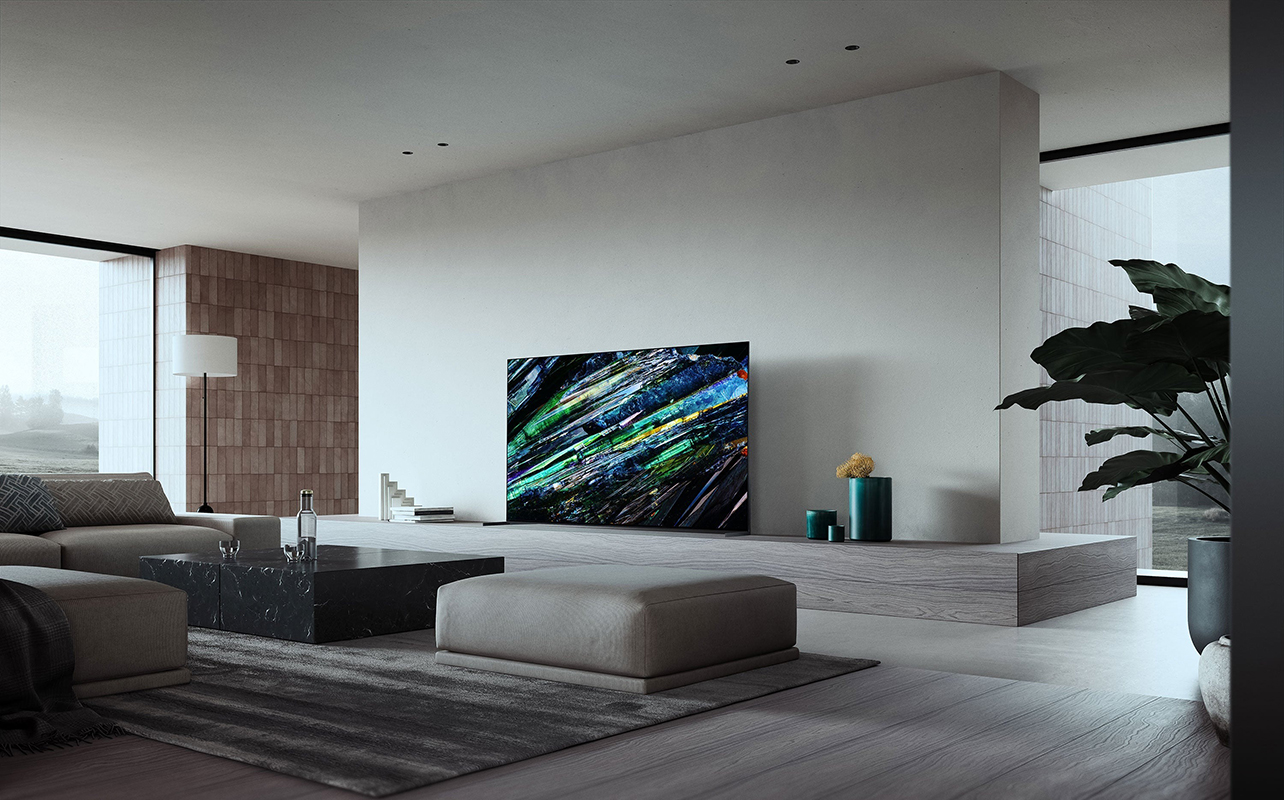
QD-OLED stands for Quantum Dot Organic Light-Emitting Diode. This TV technology combines the deep blacks and perfect contrast of OLED with the vibrant colour capabilities of Quantum Dots. OLED technology has been beloved for its ability to turn off individual pixels for perfect black levels. Quantum Dot (used in QLED TVs), meanwhile, boosts brightness and colour performance. Simply, QD-OLED blends these technologies into one advanced panel.
From OLED to QNED and microLED, learn more about the different TV acronyms and terminology.
How does QD-OLED technology work?
To understand how QD-OLED works, it helps to know the two display technologies it blends. OLED, or Organic Light-Emitting Diode, creates its own light at the pixel level, so there’s no need for a backlight; this is what gives OLED its perfect blacks and incredible contrast. Quantum Dots, found in QLED TVs, are tiny molecules that emit precise colours when light hits them. This boosts both brightness and colour performance, especially in well-lit rooms.
In a QD-OLED TV, a blue OLED panel produces light, which then passes through a Quantum Dot layer. These Quantum Dots transform the blue light into red and green subpixels, while some blue pixels remain as they are. Unlike traditional OLEDs, which use white light filtered through colour filters, QD-OLED skips the colour filter entirely. This makes the process more efficient and the picture more vibrant. The end result is a display with better colour accuracy, brighter highlights, and improved energy efficiency.
QD-OLED vs OLED vs QLED
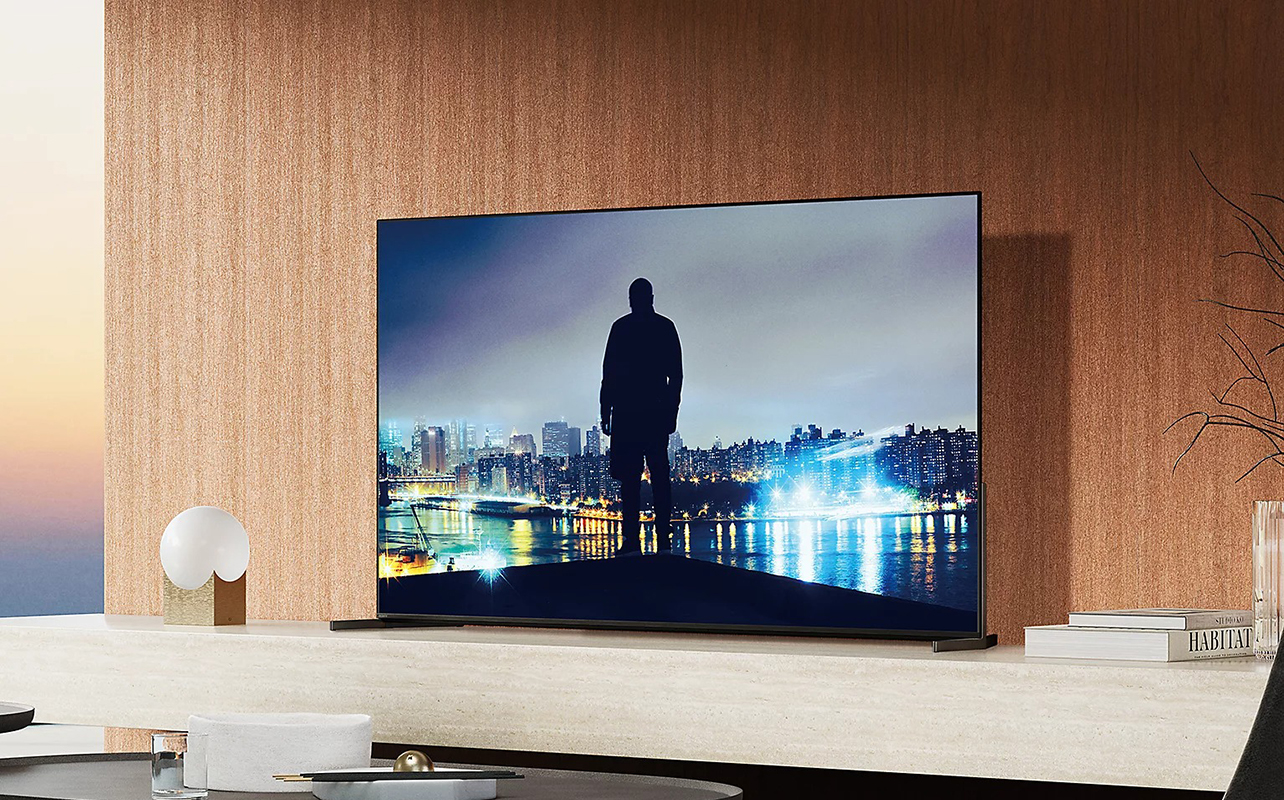
From brightness to contrast and burn-in resistance, let’s break them down by what really matters.
Brightness and colour accuracy
QD-OLED generally delivers higher peak brightness than traditional OLED, which makes it a better fit for bright living rooms or daylight viewing. Thanks to Quantum Dots, QD-OLEDs also display more accurate and vibrant colours, especially in high-brightness scenes. OLEDs, while impressive, sometimes struggle with brightness in sunny rooms. QLEDs are the brightest of the bunch, but they use a backlight and don’t have OLED’s per-pixel control.
Contrast and black levels
Here, OLED and QD-OLED are closely matched. Both technologies offer true black levels because of their self-emissive nature (each pixel can turn off independently). QLEDs, which rely on backlighting, can’t hit the same inky blacks. You’ll often notice blooming or halo effects around bright objects on dark backgrounds.
Viewing angles
OLED and QD-OLED maintain excellent colour and contrast from almost any angle, thanks to their pixel-level lighting. QLEDs tend to wash out at sharp viewing angles. This can be noticeable in large rooms or when watching from the side.
Lifespan and burn-in resistance
Traditional OLED panels can suffer from burn-in if static images (like logos or news tickers) are left on screen for long periods. Manufacturers have introduced burn-in protection features, but it’s still something to consider. QD-OLED uses blue OLED emitters, which degrade faster than red or green ones. However, Samsung Display has designed the panels with compensation layers and pixel-shifting tech to minimize this issue.
In real-world use, burn-in is unlikely unless you leave the same content on all day, every day.
Price compared to OLED and QLED
Expect to pay a premium for this new technology. But as more manufacturers adopt it and production scales up, prices will continue to fall.
Here’s a snapshot of the key differences:
Here’s a quick visual comparison to help you sort through the key differences:
| Feature | QD-OLED | OLED | QLED |
|---|---|---|---|
| Brightness | High | Medium | Very High |
| Colour Accuracy | Excellent | Very Good | Good |
| Contrast & Black Levels | Perfect | Perfect | Good |
| Viewing Angles | Wide | Wide | Narrower |
| Burn-in Risk | Low (but not zero) | Moderate | None |
| Price | Premium | High | Moderate to High |
| Energy Efficiency | Higher than OLED | High | Lower |
Are QD-OLED TVs better than traditional OLEDs?
In many ways, yes. If you’re chasing brighter HDR scenes, better colour volume, and a more vivid picture overall, QD-OLED generally outperforms traditional OLED. It’s especially noticeable when watching high-contrast content like animated films or sports in bright rooms. OLED is still an excellent choice, particularly if you watch in a dark room and want cinematic black levels.
If you’re looking for a TV that can handle bright rooms and daytime viewing without losing vibrancy, QD-OLED is a great fit. Its enhanced brightness and vivid colours make sports, action movies, and video games pop. Gamers will appreciate the immersive visuals and fast response times. For those who cherish cinematic black levels and tend to watch in a darkened room, like for cozy movie nights or binge-watching after sunset, traditional OLED remains a fantastic choice. It delivers breathtaking contrast that feels truly cinematic.
On the other hand, if your priority is getting a big, bright screen, QLED might be the right pick. It won’t match OLED’s perfect blacks. But it’s reliable, handles bright rooms well, and is excellent for news, sports, and everyday TV viewing.
Benefits of QD-OLED technology
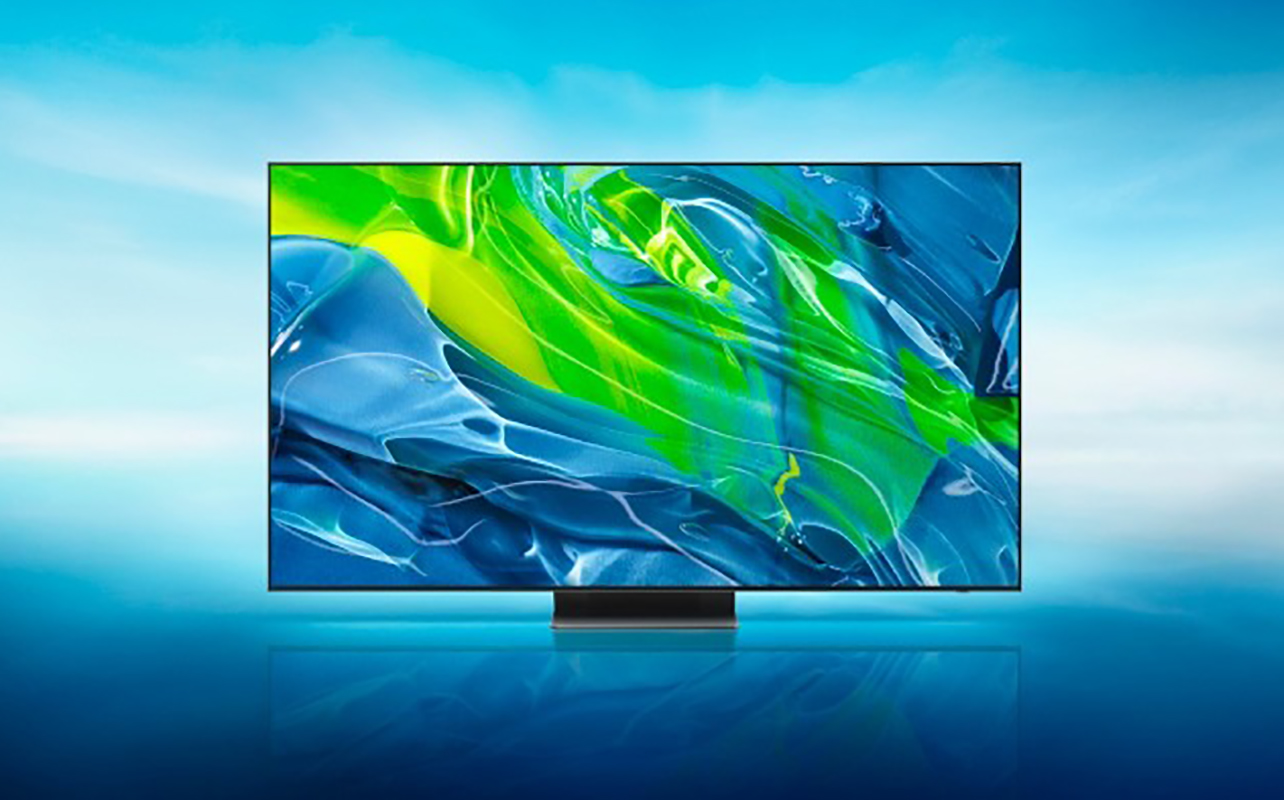
So why is QD-OLED getting so much buzz? Here are a few standout perks:
Enhanced colour and brightness
Thanks to Quantum Dots, QD-OLED can produce richer, more lifelike colours. It can also achieve higher brightness levels than traditional OLEDs. That means sunsets look warmer, ocean blues pop with depth, and bright scenes in your favourite movies retain detail instead of washing out. Whether you’re watching nature documentaries or animated films, the vibrancy draws you deeper into the story.
Perfect blacks and better highlights
QD-OLED keeps OLED’s hallmark ability to deliver true blacks by turning off individual pixels entirely. But it also boosts brightness in highlights. This combination makes HDR content shine, literally. You’ll notice tiny stars in a night sky, candle flames that glow realistically, and explosions that feel dynamic without losing shadow detail.
Wider viewing angles
If you have a large living room or love hosting movie nights, QD-OLED ensures that everyone in the room gets the same great picture, even from the sides. Colours stay accurate and contrast stays strong. No one has to fight over the “best seat” in the house.
Energy efficiency
By using blue OLED emitters and skipping the colour filter step found in traditional OLEDs, QD-OLED panels use energy more efficiently. This can mean lower electricity usage over time. That’s good news for both your hydro bill and the environment, especially if your TV is on for hours each day.
Better performance in bright rooms
Traditional OLEDs can appear dim in direct sunlight or well-lit spaces, but QD-OLED holds its own. If you often watch TV during the day or your living room has big, sunny windows, you’ll appreciate how QD-OLED maintains vivid colours and sharp contrast without you having to draw the curtains.
Fast response times
QD-OLED’s near-instant pixel response keeps motion smooth and clear. That’s a big plus for sports fans, action movie lovers, and gamers. Fast-moving objects stay sharp, so you can follow every play, track every punch, or pull off precision moves in your favourite video games without motion blur getting in the way.
Should you choose a QD-OLED TV?
Check your viewing habits, budget, and priorities. If you want the latest in display technology and you’re upgrading from an older TV, QD-OLED is worth serious consideration for its mix of brightness, colour accuracy, and deep blacks. Gamers may gravitate toward QD-OLED for its high brightness, vivid colours, and quick response times. That’s especially since many models support HDMI 2.1, 120Hz refresh rates, and variable refresh rate (VRR) for smoother gameplay.
Applications of QD-OLED: TVs and beyond
Right now, QD-OLED is making its mark in premium TVs but the technology is already branching out beyond televisions. High-end ultrawide gaming monitors are adopting QD-OLED to deliver vibrant colours and deep blacks that enhance immersive gameplay and creative work.
In the gaming world, the combination of ultra-fast refresh rates and near-instant response times makes QD-OLED an ideal match for next-gen consoles and PC setups. Looking ahead, we can expect to see QD-OLED appear in other devices like tablets, laptops, and even foldable screens. This will bring its impressive picture quality to a broader range of products.
Is QD-OLED the future of TV?
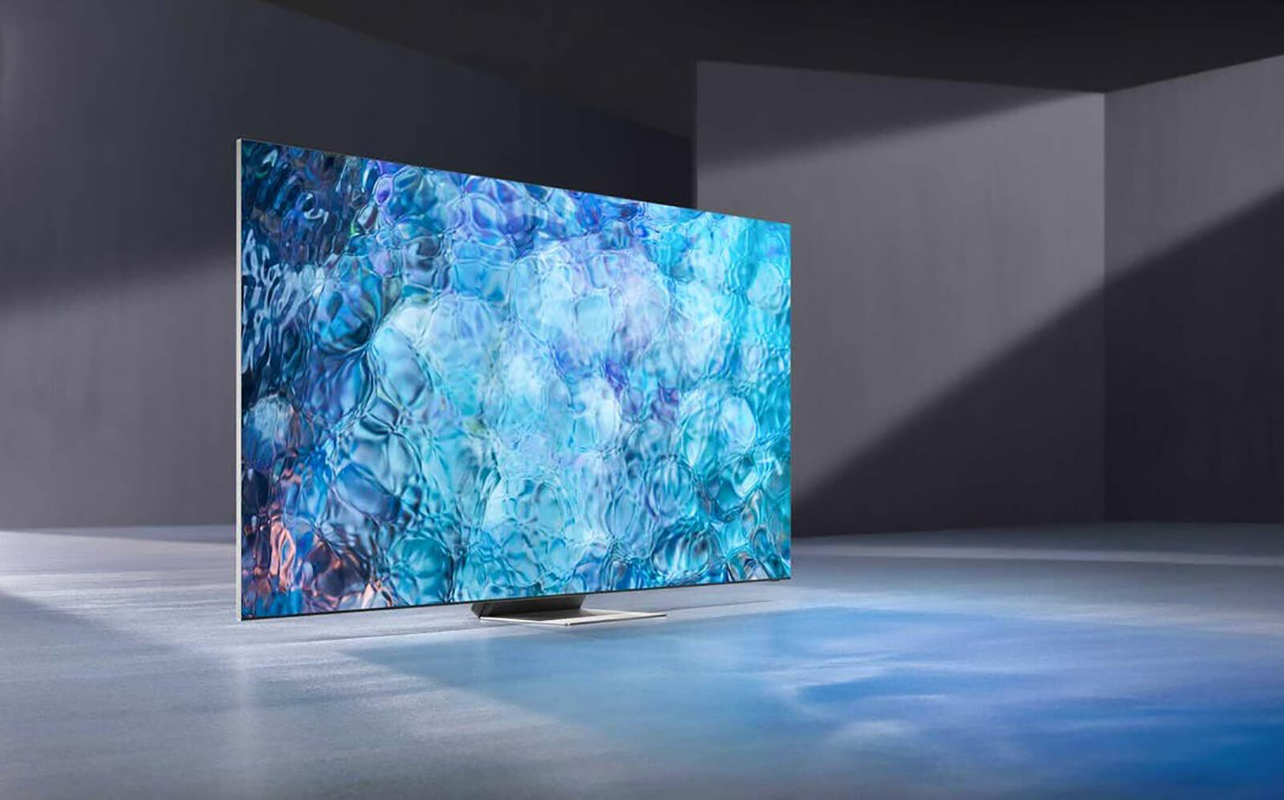
QD-OLED brings together the best of OLED and QLED into one powerful package. You get the perfect blacks and pixel-level control of OLED, plus the colour punch and brightness of Quantum Dots. It’s sleek, powerful, and built for the kind of cinematic experience most of us are craving. If you’re shopping for a TV upgrade and want something future-proof, QD-OLED is well worth your attention. That’s especially if you care about colour accuracy, HDR brightness, and high-end design.
Upgrading your TV? Explore our wide selection of TVs including QD-OLED, OLED, QLED, and more, at Best Buy Canada.

This article was drafted using AI technology and then reviewed, fact-checked, and revised by a member of our editorial team.



